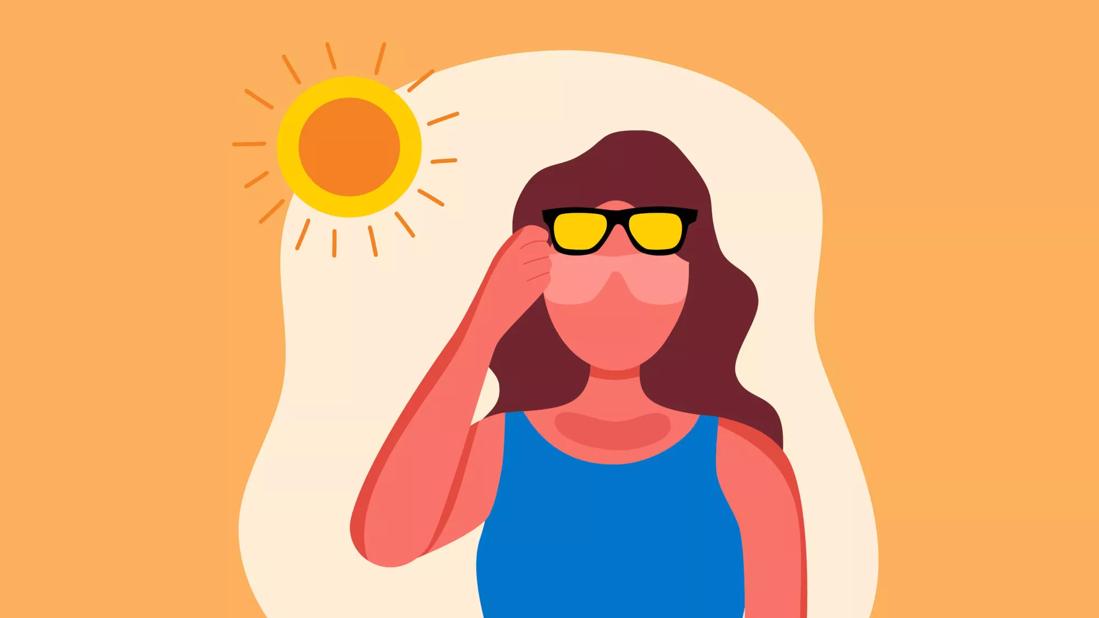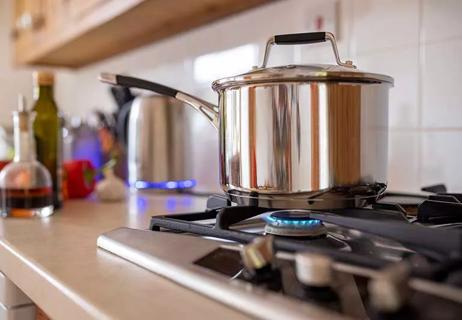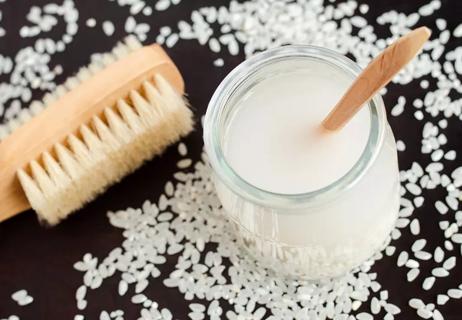Advertisement
A sunburn will leave you itchy and red, while sun poisoning can feel like an allergic reaction

A sunny day is usually an invitation to get some fresh air, enjoy the beach and, of course, enjoy the sunshine. But many of us have had those times when the sun hits us a little too hard and we wonder: Is this just another sunburn or could it be sun poisoning?
Advertisement
Cleveland Clinic is a non-profit academic medical center. Advertising on our site helps support our mission. We do not endorse non-Cleveland Clinic products or services. Policy
While both are often partners in crime during the hot summer months, there are differences between sunburns and sun poisoning.
Dermatologist Taylor Bullock, MD, explains that difference — and how to find relief from both.
Sun poisoning is essentially a severe, harmful sunburn. It lasts longer than a typical sunburn and the symptoms are more severe. Sunburns typically go away after a few days, but a case of sun poisoning lingers for longer and can manifest through hives, blisters and even nausea.
This is why you may have heard people describe sun poisoning as more of an allergic reaction or “sickness” rather than just a burn. “While both a sunburn and sun poisoning can cause your skin to become red, painful and swollen, sun poisoning will give you additional symptoms that go deeper than the skin,” explains Dr. Bullock.
If you’re experiencing the following symptoms (and they subside after a couple of days), you may have a sunburn:
As Dr. Bullock noted, sun poisoning symptoms are more severe. “The beginning of sun poisoning can look similar to a sunburn but will have increased redness and irritation,” he continues. “Soon after, many small or large blisters will occur on the skin due to inflammation in the skin. Once the blisters on the skin have ruptured, the skin will start to peel.”
The following symptoms are common signs of sun poisoning:
As a sunburn can go hand-in-hand with sun poisoning, some of the treatments can be similar. Depending on severity, you can treat your sunburn and a mild case of sun poisoning at home.
To find relief from both a sunburn and sun poisoning:
Advertisement
In severe cases, sun poisoning may need additional medical attention and specific treatments, including:
Although sun poisoning can be treated and relieved at home, there are some cases where you should go to the emergency room. Once admitted, you may need to receive intravenous (IV) fluids or be treated at the burn unit.
In general, if you’re still feeling extreme, burning pain, as well as widespread blistering on your skin despite at-home treatments, you should seek medical attention.
In severe cases of sun poisoning, you may also start showing signs of heatstroke. If you experience any of the accompanying symptoms, you should go to the emergency room or see your healthcare provider:
To prevent sunburns and sun poisoning, protect your skin from the sun’s rays.
Ensure that each time you head outside, you:
The discomforts of sunburn — like redness and itchiness — can be an inconvenience, but they’ll heal with time and over-the-counter treatments. More severe symptoms of sun poisoning — such as nausea, dizziness and blistering — may require a visit to a healthcare provider. Either way, precaution is the best prevention.
Advertisement
Learn more about our editorial process.
Advertisement

The results aren’t great, and the risks — like vision problems — aren’t worth it

During an annual exam, your provider will check for any moles or spots that have changed in size, color or shape

Dry air, harsh soaps and even some medications can bring on an itch, but in some cases, itchiness can be a sign of an underlying condition

You can reduce your risk by not swallowing water, and showering before and after swimming

Moisturize often, take oatmeal baths, use Epsom salts and follow a healthy diet to help reduce your symptoms

Adding a little milk to your bath can leave your skin smooth, silky and refreshed

Babies shouldn’t wear sunscreen before 6 months old, so opt for shade and cooler parts of the day for outdoor fun time

Wear properly fitted shoes, break them in ahead of time and wear moisture-wicking socks

Focus on your body’s metabolic set point by eating healthy foods, making exercise a part of your routine and reducing stress

PFAS chemicals may make life easier — but they aren’t always so easy on the human body

While there’s little risk in trying this hair care treatment, there isn’t much science to back up the claims